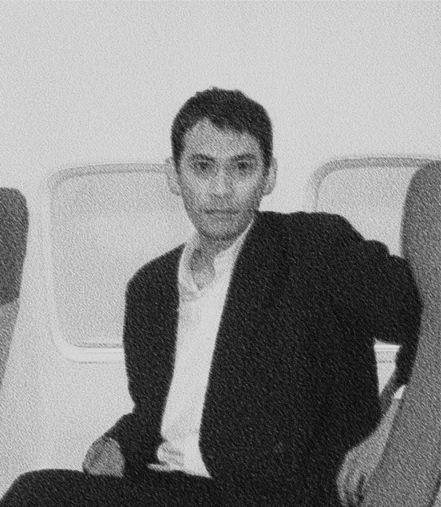Tourism and Authenticity
The authenticity of a product is closely related to its competitive advantage in surviving similar products offered. Barney (1991) mentions the level of competitiveness based on the criteria:
- Valuable, which means having a sale value;
- Rare, resources owned by them should not be owned elsewhere;
- Imperfectly imitable, resources are not easily imitated or imitated;
- Non-substitutable, existing resources should not be replaced by other sources (resource should not be replaced by other substitutes);
The city as an attraction should also have the value of authenticity that is able to attract tourists as part of the search for experiences. While local communities have a role in creating tourist experiences, local people, of course, also have a very significant role in shaping authenticity (McCannell, 1988).

A city, especially with its authenticity and character, should have a high selling value. According to Wang (1999) authenticity can be applied to the tourists (activity-related untrencicity) and attractions (object-related authenticity).
The city as a space with its various elements becomes an attraction because of the authentic experiences experienced by tourists while in the “space”. The collective experience of a city’s tourists is influenced by the authentic characteristics of a city and one of the issues in the study and research of tourism is authenticity. Heitmann suggest authenticty as “… something is considered as authentic if it is made, produced or enacted by local people according to the customs and traditions of the culture or origin – a sense of the genuine, real or unique, ‘made by local hands (2011: 45).
Some cities actually have constituent elements but have not been constructed in a real concept of developing a tourism destination. The development of urban infrastructure that supports certain themes in a structured and planned manner has a great influence on the natural conditions, ecosystems, economic and socio-cultural structures in supporting the authenticity of the city as an attraction.
Reference:
Barney (2010) Strategic Management and Perspective Advantage, Prentice Hall, UK
Heitmann, Sine (2011) Authenticity in Tourism dalam Robinson, P., Heitmann, S. dan Dieke, P., Eds., Research Themes for Tourism, CABI Publishing, UK
MacCannell, D. (1973) ‘Staged authenticity: arrangements of social space in tourist settings’, American Journal of Sociology, Vol. 79 (3): 589–603, dalam Williams, Stephen (2009) Tourism Geography: A new Synthesis, (2nd edn.), Routledge, New York




Comments :